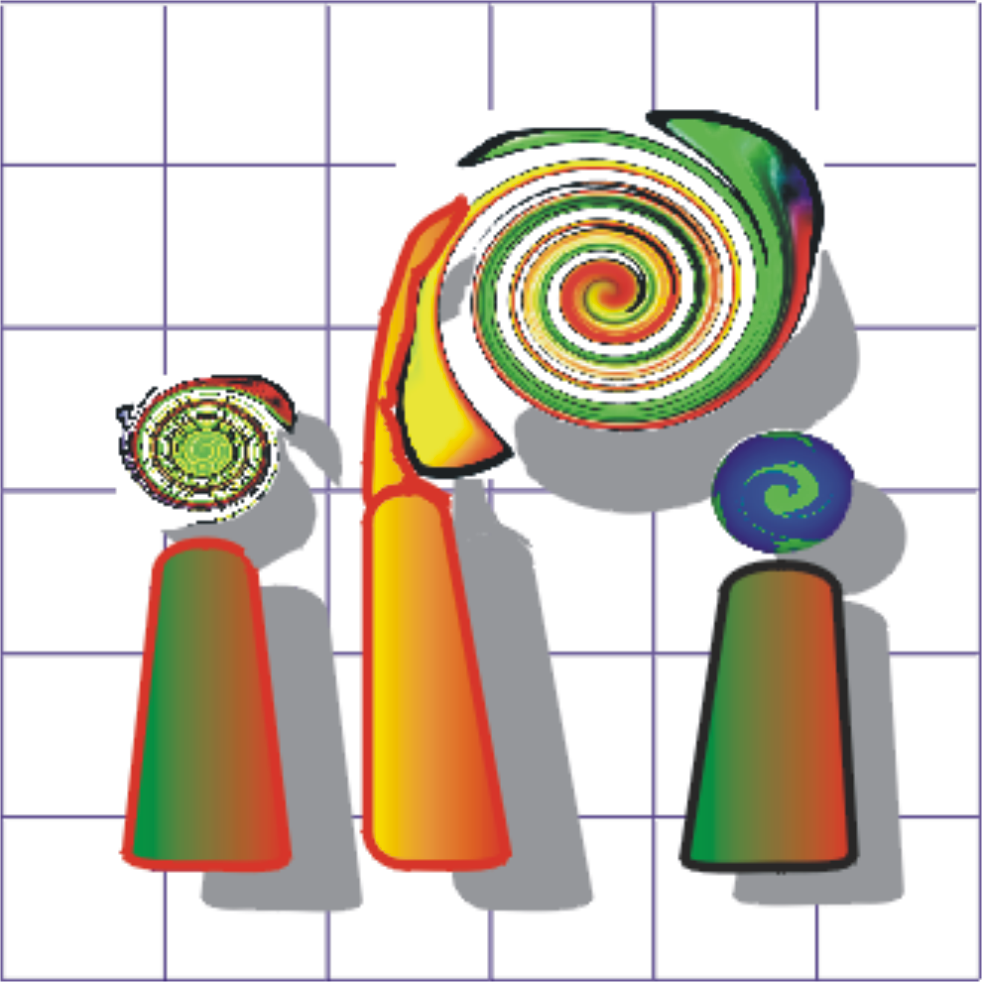Automatic quality assessment and update of road data in suburban areas using aerial images (2011)
| Team: | A. Grote |
| Year: | 2011 |
| Duration: | since 2006 |
| Is Finished: | yes |
This project is part of the German-Chinese bundle project "Interoperation of 3D Urban Geoinformation". The German part of the bundle is supported by DFG (Deutsche Forschungsgemeinschaft).
Motivation
Digital geospatial data became more and more important in recent years, they are used in many fields of application. So the question concerning the data quality has also gained in importance: Do the available geodata comply with reality? The data should be complete and geometrically correct. Additionally, for many applications the data should be as up to date as possible.For these reasons, it is important to check the database for the above mentioned criteria, which is mostly done manually nowadays. As the manual checking is very time-consuming, we are searching for ways to automatise the process as far as possible.A very important part of a GIS are roads, as is illustrated by their use in car navigation systems, for example. Here the importance of correctness and up-to-dateness is easy to see.
Example of a database that is not up-to-date
Goals
The goal in this project is to develop methods to assess the quality of road data in a database (e.g. ATKIS). Roads extracted from aerial images (orthophotos) are used as reference. The road data to be assessed is given in vector format.
The road extraction should be done automatically. The vector data is used in this process to facilitate the extraction. Afterwards, the extracted objects are compared with the vector data. First, the existence and geometric accuracy of the vector data will be checked in comparison to the aerial image. Later, other objects that are visible in the image but not yet contained in the database should be added to the latter.
Process
The process is divided into 2 stages:
1. Quality assessment:
- Road extraction: The existing GIS road object is used as starting point. The search for evidence for roads takes place in its vicinity. For this, several image analysis algorithms are used and their results are combined.
- Quality assessment of GIS data: The vector data are checked for geometric quality on the basis of the extracted data. The results of the road extraction are combined with statistical means to get a quality statement for every road.
2. Update:
In this stage new roads, that are not yet contained in the database, are searched for in the image. The roads that are already checked will be used as starting point for the search.
Road extraction
In performing road extraction in suburban areas, several problems have to be solved. There is no use for a simple road model where roads are modelled as lines because suburban scenes are quite complex. There are for example objects that cover the roads fully or partially, such as trees or vehicles. For this reason, additional information is required. We use RGB or false colour images (infrared, red, green) and as additional information a digital surface model.
False colour image Digital surface model Combination of extraction algorithms
In the above example, a subset of a false colour image is used. The first image shows a road in a suburban area that is partly covered by trees. The second image shows the digital surface model with the line showing the area of interest in which the road extraction takes place. This area of interest is derived from the vector data. The third image shows the results of some image analysis algorithms: in blue the result of a region growing algorithm, in red edges that are parallel to the road object in the database (shown in yellow), in green object that are higher than 3 m above the road (extracted from the digital surface model).


